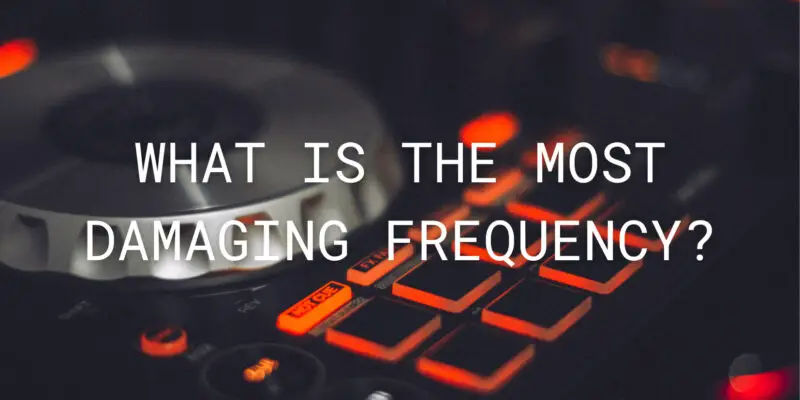When it comes to sound, not all frequencies are created equal. Some frequencies have the potential to cause more harm than others, whether to your hearing, audio equipment, or even structural elements. In this article, we will explore the concept of the most damaging frequencies in audio, why they can be problematic, and how to protect yourself and your equipment.
Understanding Frequencies:
Sound is characterized by its frequency, which refers to the number of vibrations or cycles per second and is measured in Hertz (Hz). The range of audible frequencies for humans typically falls between 20 Hz (deep bass) and 20,000 Hz (high treble). However, not all frequencies within this range pose the same level of risk or damage potential.
Damaging Frequencies:
- Ultra-Low Frequencies (Infrasound): Frequencies below the audible range (usually below 20 Hz) are known as infrasound. While they are inaudible to humans, they can still have damaging effects. Infrasound, often produced by large machinery or natural phenomena like earthquakes, can cause structural damage to buildings and affect human well-being, leading to discomfort and nausea.
- High Sound Pressure Levels (SPL): Extremely high sound pressure levels, typically above 85 decibels (dB), can damage hearing. Prolonged exposure to loud sounds, such as concerts, machinery, or firearms, can lead to hearing loss or tinnitus (ringing in the ears). The frequency content of loud sounds matters less than their overall volume in causing hearing damage.
- Resonant Frequencies: In audio equipment and architectural structures, resonant frequencies can be particularly damaging. When a system vibrates at its resonant frequency, it can lead to excessive mechanical stress and, in extreme cases, structural failure or equipment damage.
- Clipping and Distortion: In audio reproduction, clipping and distortion can occur when amplifiers or speakers are pushed beyond their capabilities. Distorted signals contain harmonics and frequencies that were not in the original audio, potentially damaging speakers or causing listener discomfort.
Protecting Against Damaging Frequencies:
- Hearing Protection: To protect your hearing from loud sounds and high SPLs, use hearing protection such as earplugs or earmuffs when exposed to noisy environments. Limit the duration and intensity of exposure to loud sounds whenever possible.
- Room Acoustics: In architectural or audio settings, consider room acoustics and the potential for resonant frequencies. Acoustic treatments can help mitigate these issues and protect against structural damage.
- Equipment Care: When using audio equipment, avoid pushing amplifiers or speakers beyond their limits, which can cause clipping and distortion. Follow manufacturer recommendations for safe operation.
- Sound Engineering: In audio production and live sound, proper sound engineering techniques can prevent distortion and excessive SPLs that could harm hearing or equipment.
- Monitor Infrasound: In areas prone to infrasound from natural sources like earthquakes or machinery-generated sources, monitoring and structural reinforcement may be necessary to prevent damage.
Conclusion:
Damaging frequencies in audio can take various forms, from infrasound and high SPLs to resonant frequencies and distortion. Understanding the potential risks associated with these frequencies and taking appropriate precautions is essential for protecting your hearing and audio equipment. Whether you’re an audio enthusiast, sound engineer, or simply someone who enjoys music, being aware of these damaging frequencies and implementing safety measures is crucial for a safe and enjoyable audio experience.

